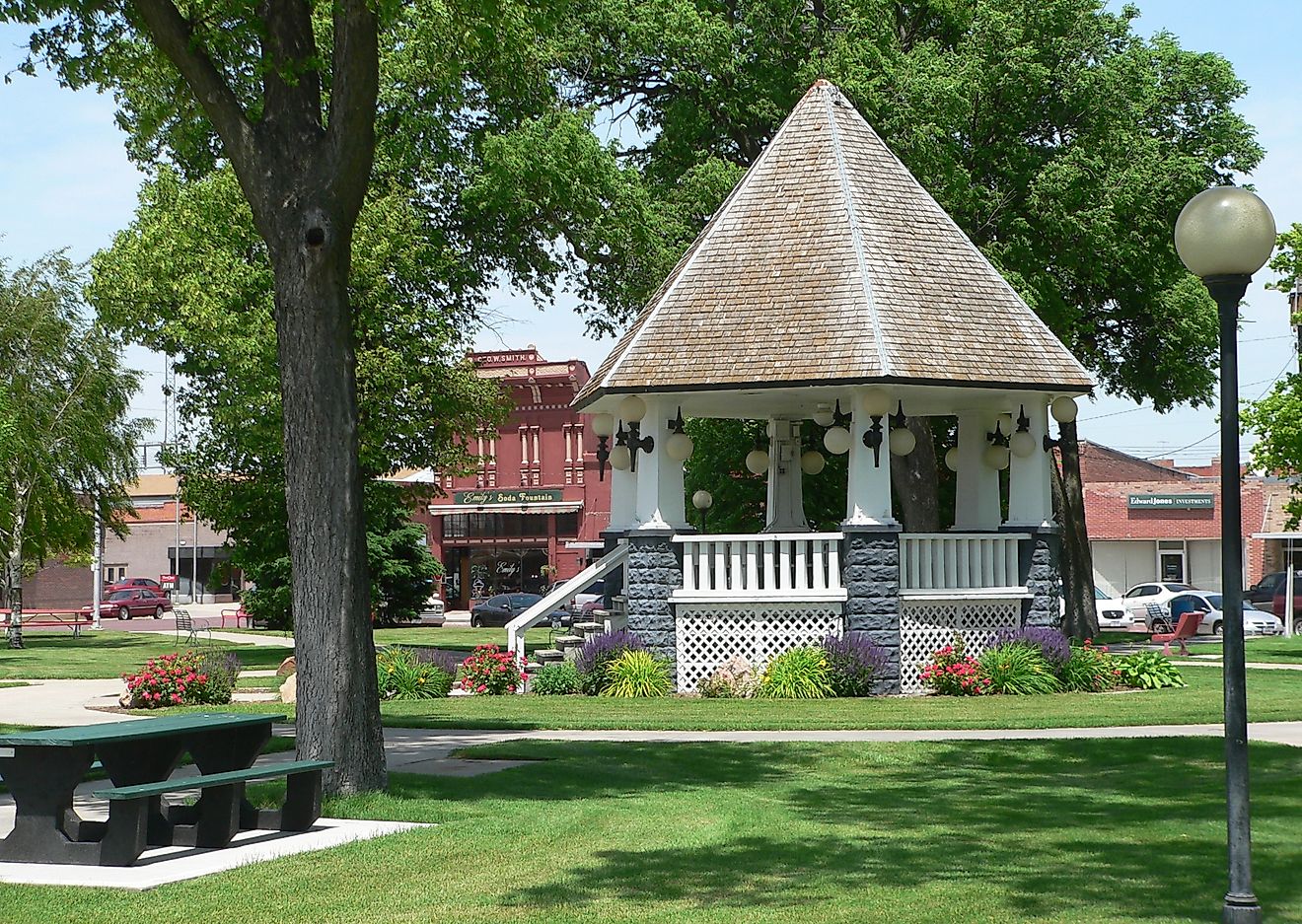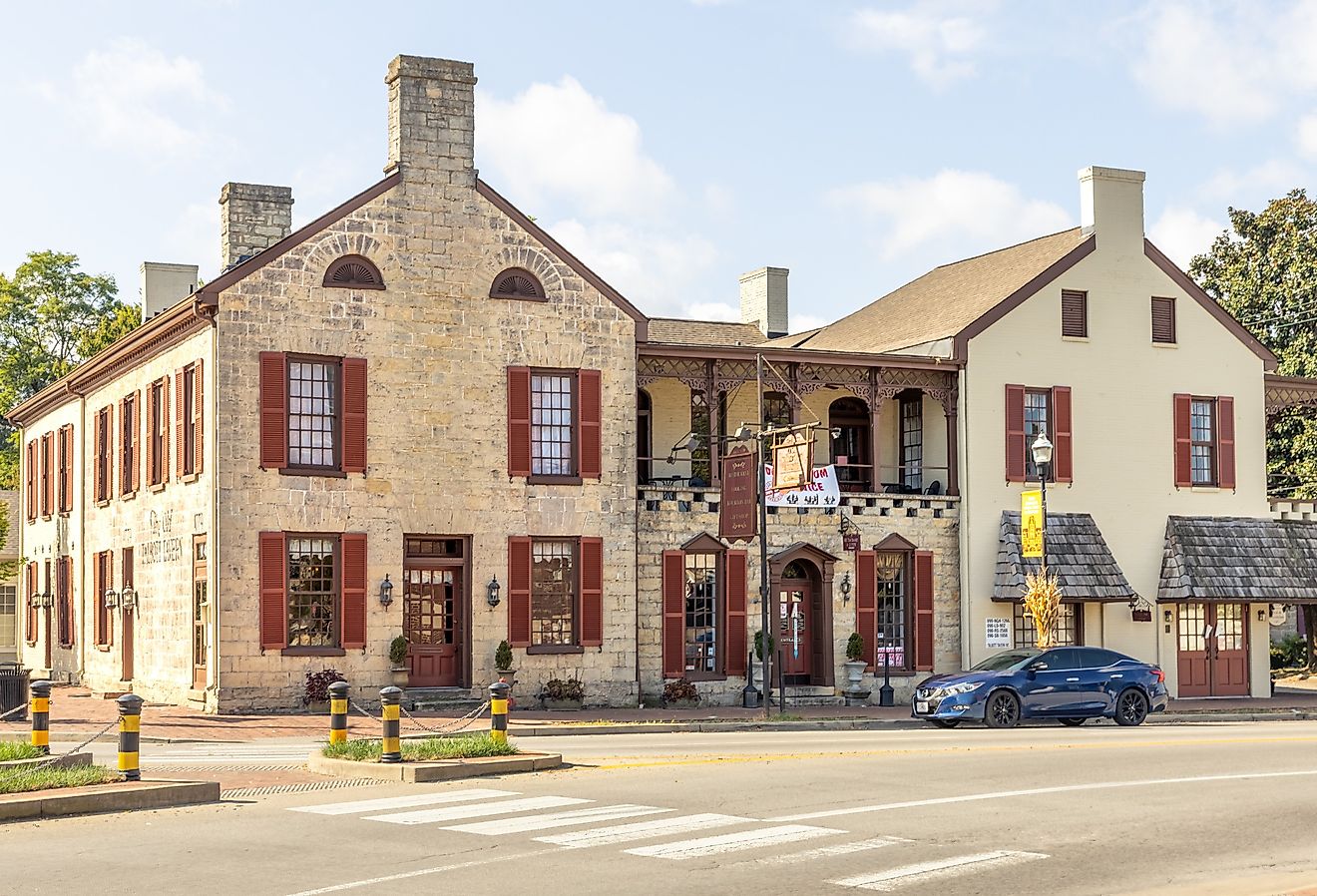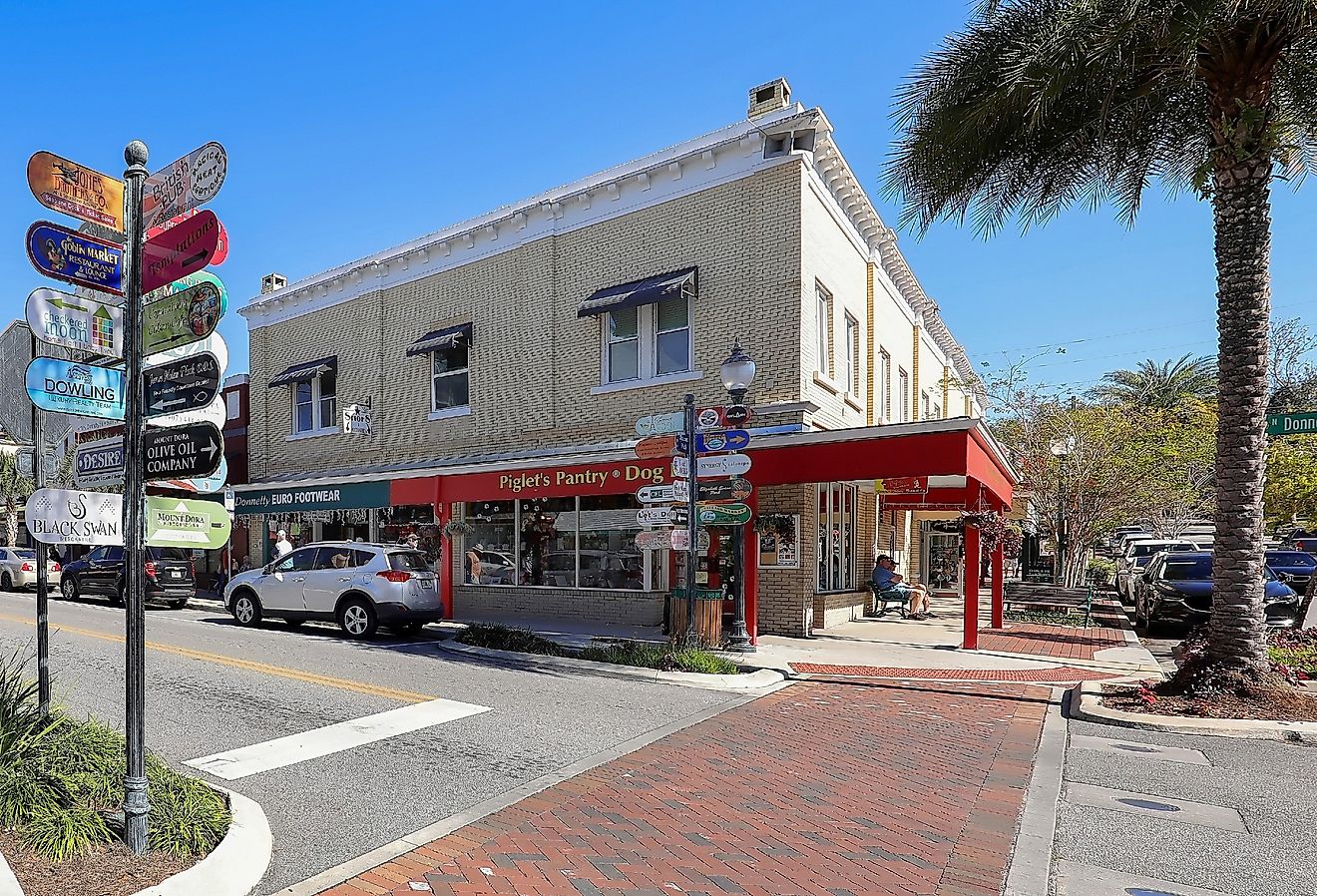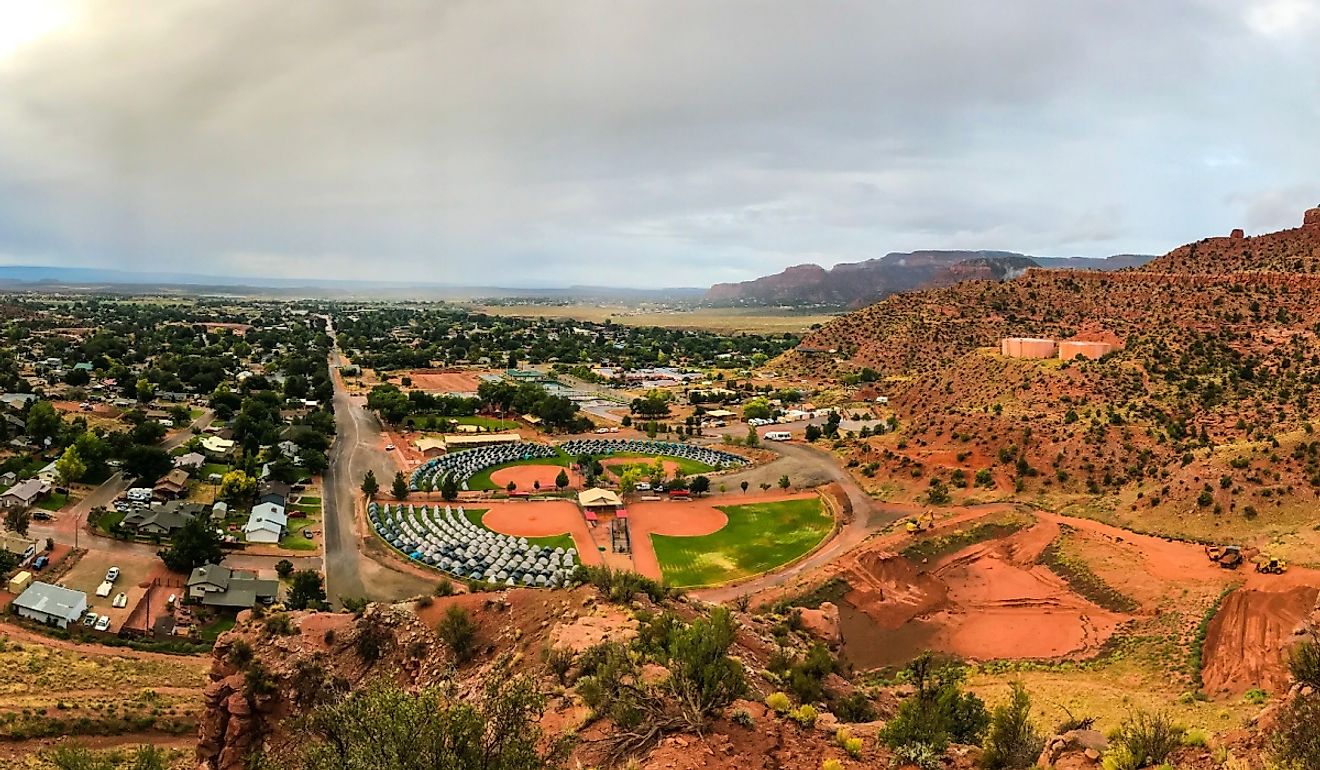
The 10 Legendary Lost Cities Of The World
Since ancient times, human settlements have transformed into large towns and cities with significant populations and bustling activities. These cities serve as the economic, cultural, administrative, and religious centers for most regions or countries. However, while some cities like Paris, London, New York City, or Tokyo continue to experience significant growth, others are declining, with people and businesses relocating to other areas. Some cities have become ghost towns, while others have been lost and long forgotten. Although several factors may lead to a city becoming lost, the obvious reasons are wars, natural disasters, and economic decline. However, some of the lost cities have been rediscovered, thanks to archaeological surveys. 10 such legendary lost cities have been described below:
- Machu Picchu, Peru
- Petra, Jordan
- Pompeii, Italy
- Ciudad Perdida, Colombia
- Memphis, Egypt
- Taxila, Pakistan
- Hedeby, Germany
- Great Zimbabwe, Zimbabwe
- Karakorum, Mongolia
- Angkor, Cambodia
Machu Picchu, Peru

Machu Picchu is an ancient city of the Incas located at 2,430 meters atop a mountain crest above the Urubamba (Sacred) Valley in Peru. It was built in the 1450s for Pachacuti, an Inca Emperor, and existed for around 80 years. However, the city was abandoned in the 16th century after the arrival of the Spanish conquistadors. Although the “lost city” was not actually lost to the locals, its ruins were discovered in 1911 by Hiram Bingham, an American historian, while searching for the legendary Vilcabamba.
Petra, Jordan

Petra was a magnificent city intricately carved into the stony hills of the Jordanian deserts and featured a water conduit system. This ancient city may have been constructed around the 6th century BC and may have been the capital city for the Nabataeans. It was a commercial hub and a trade route between the Dead Sea and the Red Sea for close to 2,000 years, with traders from Syria-Phoenician, Egypt, and Arabia meeting in the city. At its peak, it hosted 30,000 people and featured gardens, theaters, temples, villas, and tombs. In 363, Petra was partially destroyed by an earthquake and abandoned 300 later when the Arabs conquered it. It was rediscovered in 1812 by Johann Ludwig Burckhardt.
Pompeii, Italy

Pompeii is one of Italy's most famous ancient cities, probably because of the catastrophic event that led to its “demise.” On August 24, 79AD, while the city residents were going about their activities, Mount Vesuvius erupted violently blasting magma into the air for two days. The city and its inhabitants who could not escape in time were buried under ash and pumice stones believed to be at least 6 meters deep. The city was forgotten for over a thousand years until Domenico Fontana rediscovered it in 1592 while digging a canal. However, no major excavation was done until 1860. However, up to one-third of Pompeii remains buried.
Ciudad Perdida, Colombia

Ciudad Perdida, a Spanish translation for “Lost City,” was once a magnificent city founded around 800 AD and located in Sierra Nevada de Santa Marta, Colombia. It existed for about 650 years before Machu Picchu, the lost city in Peru, was built. Ciudad Perdida, referred to as Teyuna by the local tribe, featured a network of tiled roads, over 160 terraces carved into the side of the mountain, and several circular plazas. The city may have been abandoned following the Spanish conquest. However, it was rediscovered in 1972 by treasure looters, commonly referred to as Los Sepulveda, who named it “Green Hell," and its reconstruction completed in 1982.
Memphis, Egypt

Memphis is the legendary city of Menes, the pharaoh who managed to unite Lower and Upper Egypt. This city was founded around 3,000 BC and was located some 20 kilometers south of Giza. It was likely founded by Menes as a fortress, from where he controlled the trade route between the Delta and Upper Egypt. However, it was Lower Egypt’s ancient capital. Its location at the mouth of the Nile River made it a natural attraction and an important religious center. However, the growth of Christianity undermined the city's progress and was officially abandoned in the 7th century, following the Arab conquest of Egypt. Some of its ruins include royal palaces, Ptah’s temple, and Rameses II’s statues.
Taxila, Pakistan

Taxila, also known as the “City of Cut Stone,” is an ancient city in northwestern Pakistan, located in the modern Taxila City in Punjab Province. The city was located at the junction of Central Asia and the Indian Subcontinent. Taxila was likely founded in 3500 BCE, with some of its ruins dating back to the period of the Achaemenid Empire. Due to its strategic location, the city changed hands over the years. The city became insignificant following a decline in trade and destruction by the Kidarites, Alchon Huns, and the White Huns.
Hedeby, Germany

Hedeby was an important city for the Vikings between the 8th and 11th centuries. It occupied the Jutland Peninsula’s southern end, in present-day Schleswig-Flensburg District (Germany). Hedeby emerged as a trading center near Schlel, a narrow inlet connecting to the Baltic Sea, and was established around 770. Close to 40 years later, Godfred, a Danish King, moved merchants from Reric to Hedeby, setting the city on a development path. However, Norwegian King Harald Hardrada destroyed the settlement during his fight with the Danish King Sweyn II.
Great Zimbabwe, Zimbabwe
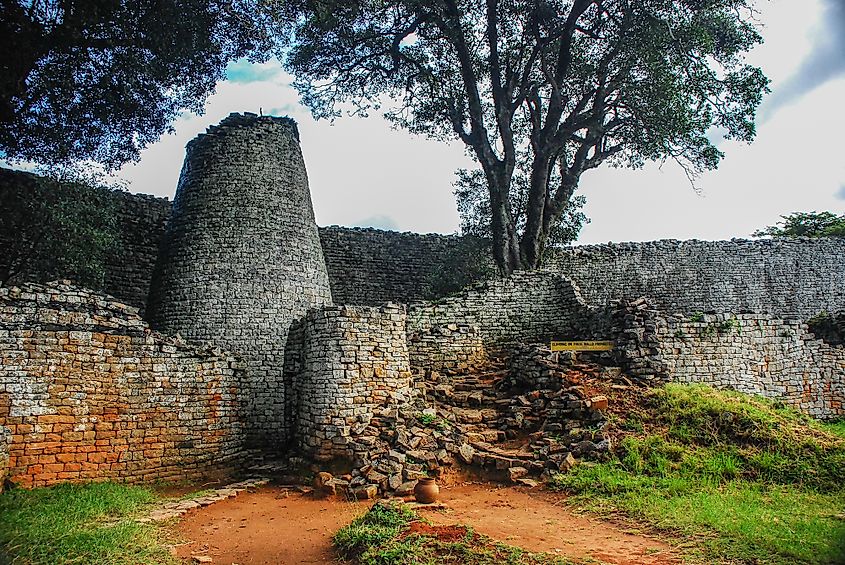
Great Zimbabwe, the capital of one of the great kingdoms, is located in Zimbabwe’s southeastern hills near Masvingo Town and Lake Mutirikwe. However, it is unclear which great kingdom used the city as its capital. The stone ruins are scattered over a large area, with the ancient city lending its name to the present-day country of Zimbabwe. The name “Great” is used to distinguish the ancient city from the other small Zimbabwe ruins spread across the country. The indigenous Bantu people constructed the ruined town between the 11th century and 15th century. The city covers about 7.22 square kilometers and hosted up to 18,000 people at its peak. Great Zimbabwe may have been abandoned due to political instability, decline in trade, and water and food shortage.
Karakorum, Mongolia

The Karakorum, an ancient town located in Ovorkhangai Province (Mongolia), existed between the 13th and 15the centuries, serving as the capital of the Mongolian Empire and Northern Yuan. The ruins of the once vibrant city lie near the Kharkhorin. The town’s construction probably began in 1220 and remained a small town until 1235. However, it became a major town and political site under Ogedei Khan and his successor, with the construction of “Tumen Amgalan Ord” taking place during this period. The city also featured a stupa temple and silver tree. The Karakorum’s decline began in 1388, following an attack by the Ming troops, and was completely abandoned in the 16th century. The site was positively identified as that of Karakorum by Nikolai Yadrintsev in 1889.
Angkor, Cambodia

Angkor was the capital city of the mighty Khmer Empire that once ruled over large parts of Southeast Asia. With the fall of the empire hundreds of years back, the city was abandoned and forgotten and fell into ruins. Today, the ruins of this ancient city are located amid forests and farmlands to the north of the Tonle Sap Lake of Cambodia. It is a top tourist destination as it hosts one of the world's most impressive religious structures including the Angkor Wat, the world's biggest temple complex.
